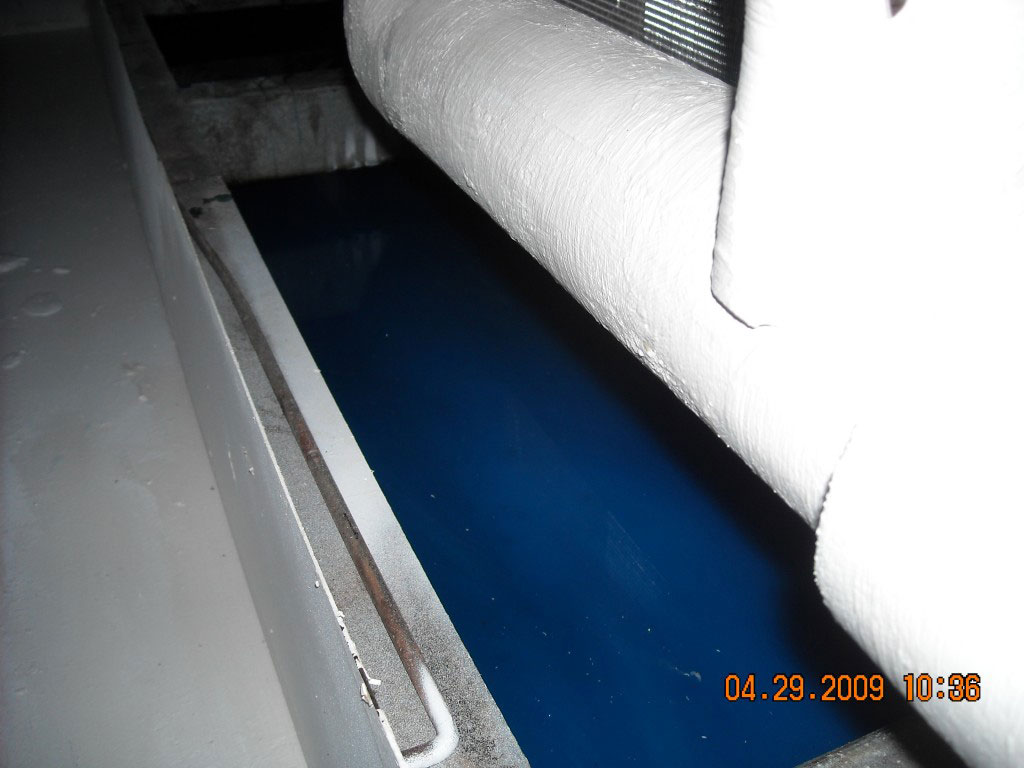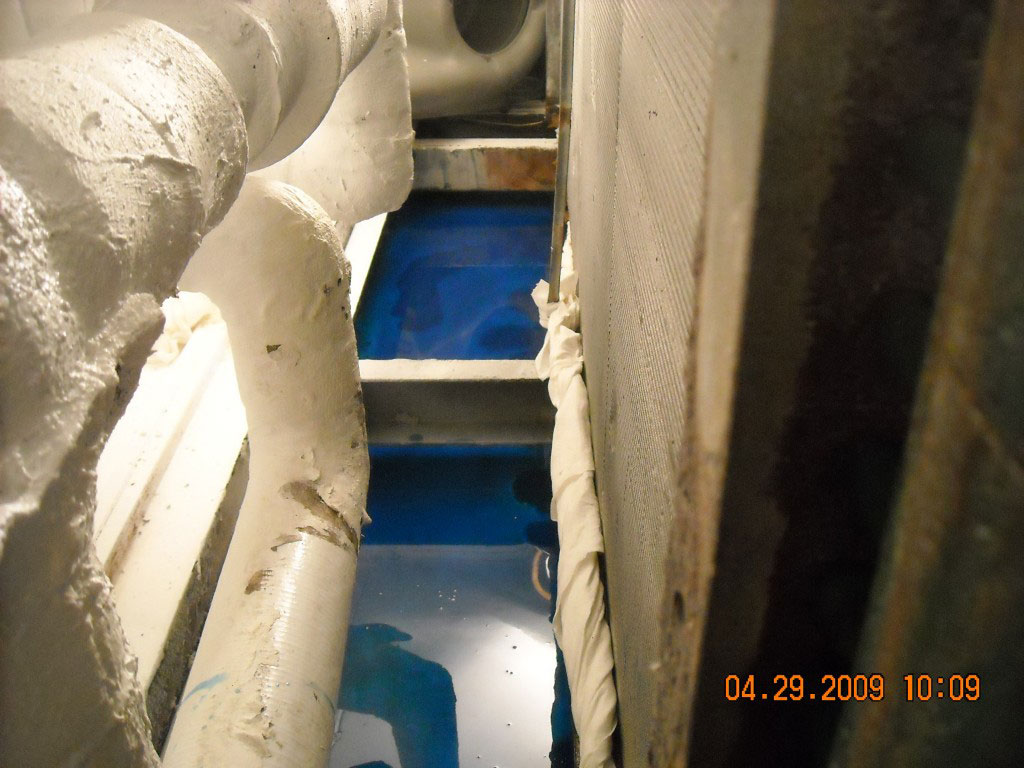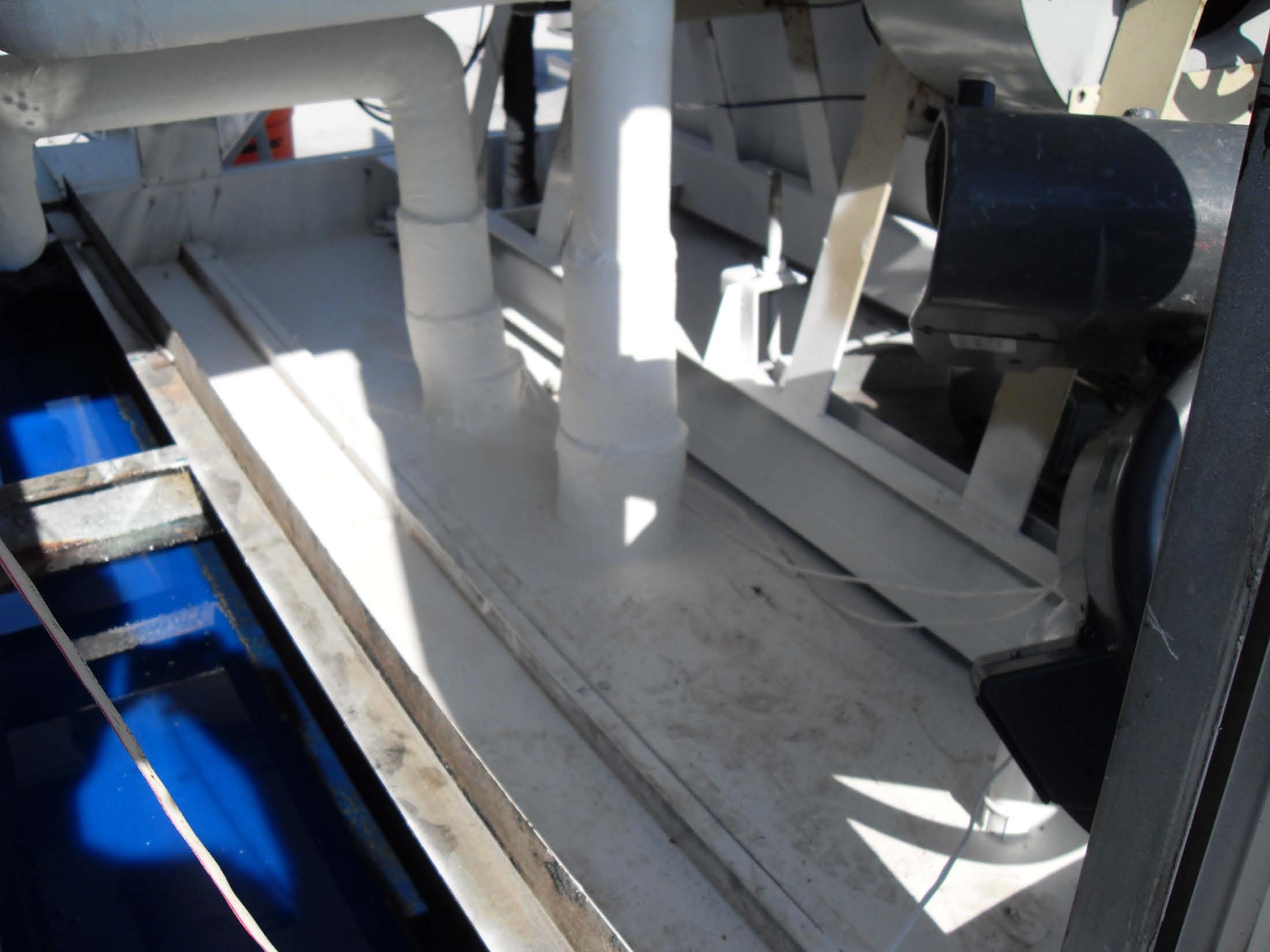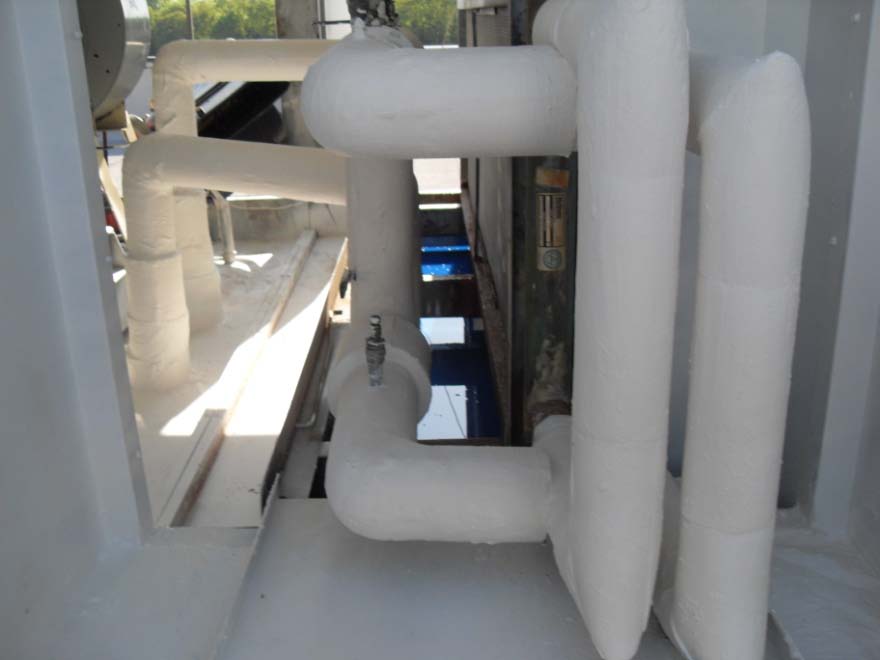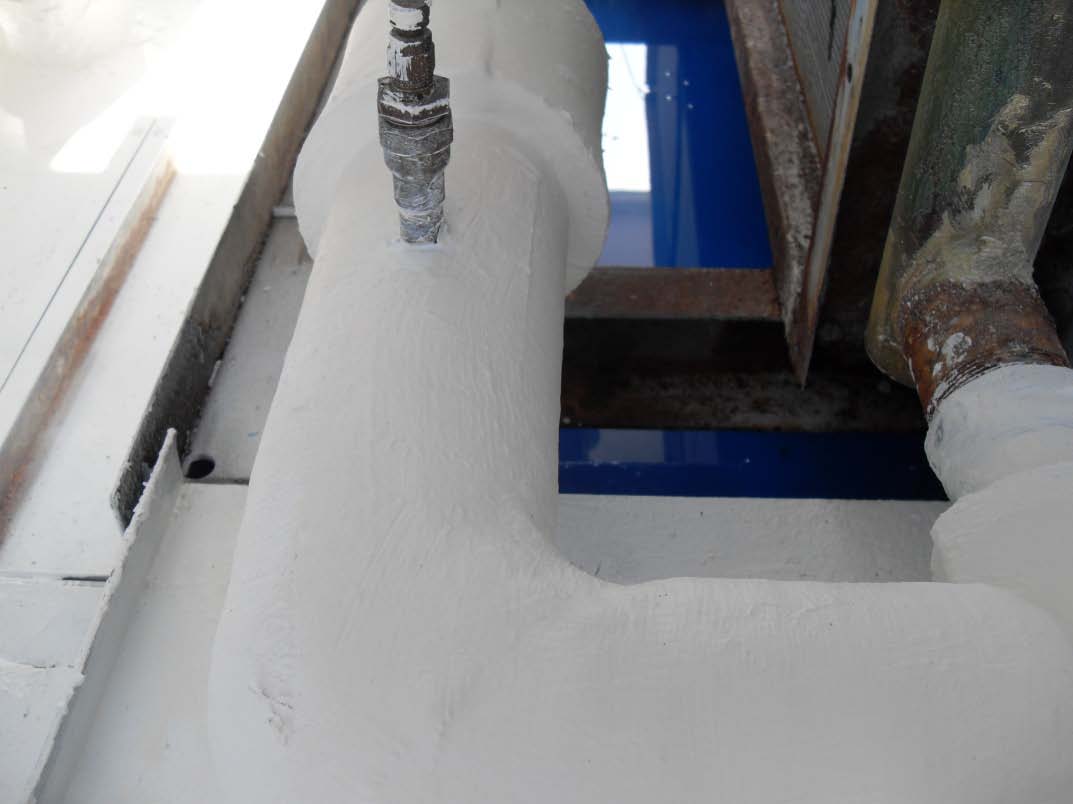STANDING WATER
After a few short years when the condensate pan in your HVAC system becomes corroded and surfaces become irregular, troublesome leaks start.
Applying Pancrete to your HVAC condensate pans, makes the surface like new again, providing a tough surface that is chemically resistant to concentrated coil cleaners. It automatically fills in irregular surface characteristics, providing a smooth, chemically resistance surface for the condensate pan.
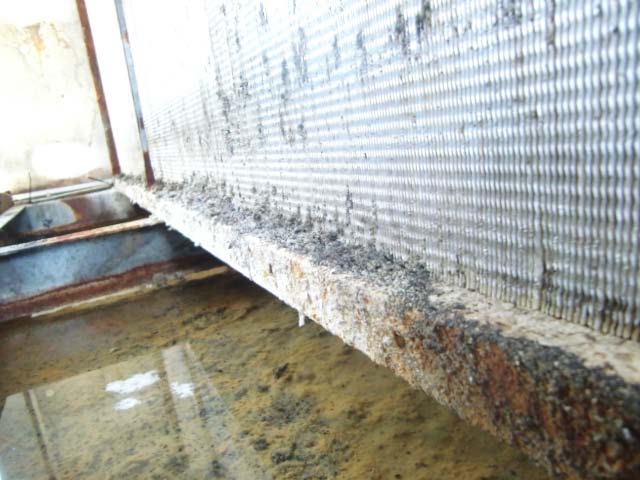
AHU IN NEED OF CARE
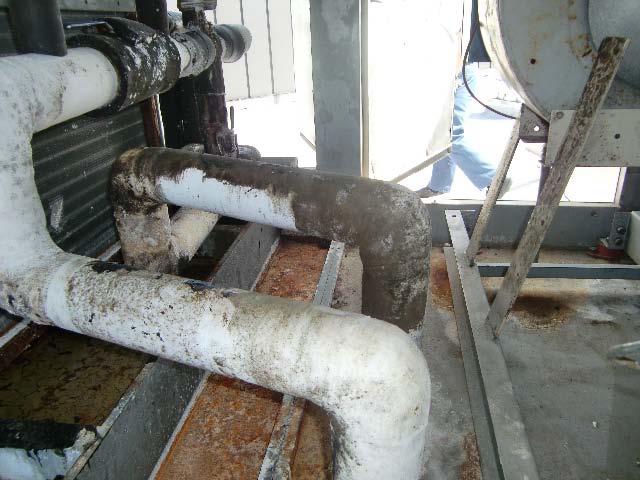
Air Handling Unit in Need of Remediation
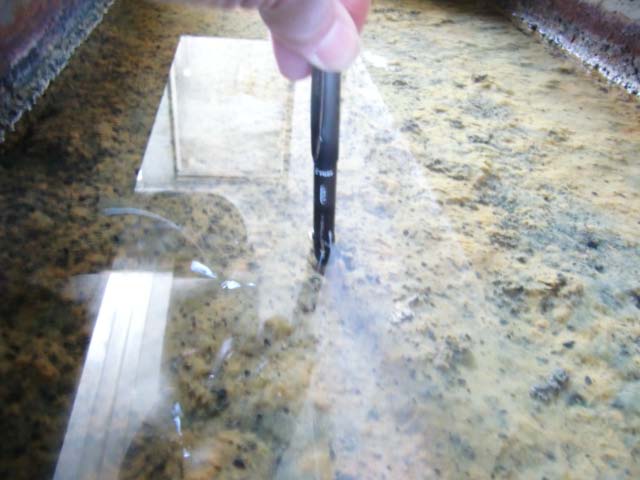
Condensate Pan with Standing Water
FILLS VOIDS, PITS & LEVELS
Pancrete automatically fills in pits and irregular surface characteristics, providing a smooth, enamel surface that is unaffected by harsh coil cleaners.
Additionally, some pans develop low spots where water can stagnate. Pancrete will form a level pan, so that water goes where it should -down the drain.
Pancrete forms a durable level pan, eliminating low spots that inhibit drainage.
Water goes where it should—down the drain.
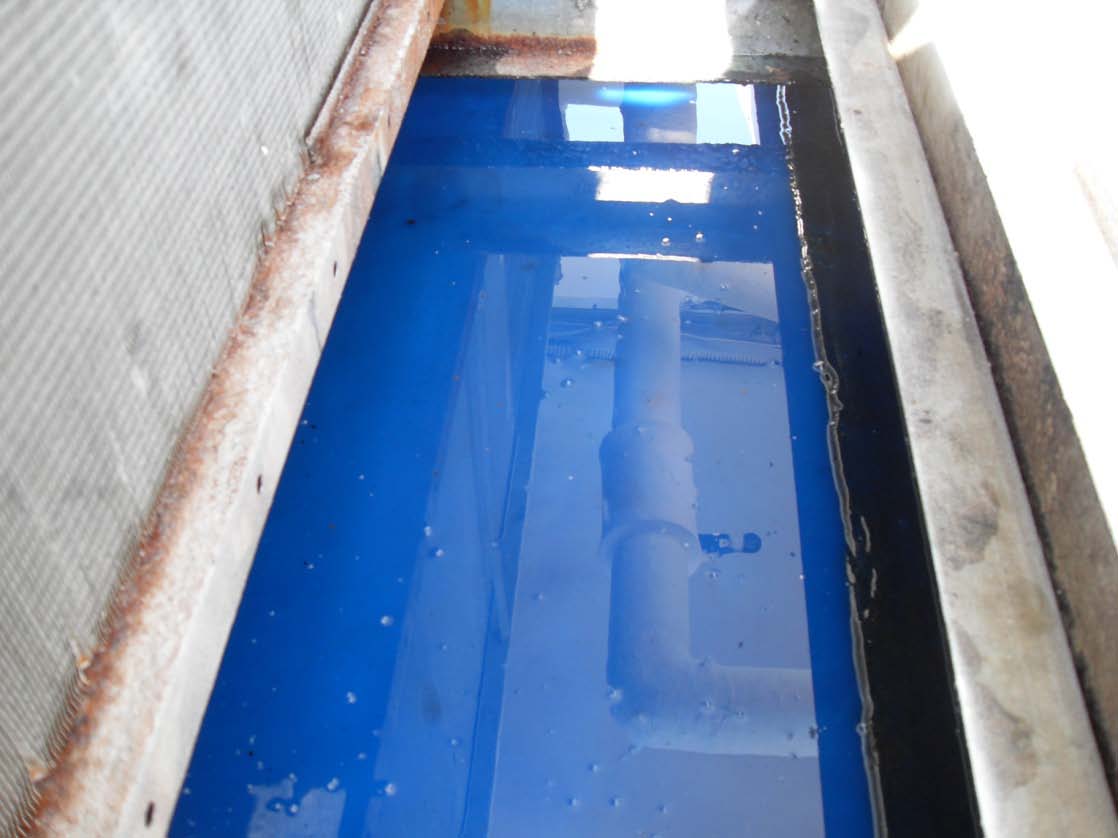
PANCRETE PERFORMANCE
Submersible, Chemical-Resistant Anti-Corrosion, Metal Resurfacer
Pancrete is a high performance, corrosion proof product with high adhesion to metal and plastic surfaces. Resists corrosion on aluminum, galvanized, copper and stainless steel.
Stops pan leaks
Automatic pan leveling
Not affected by coil cleaners
Ensures long life to new pans
Strengthens your pan
PANCRETE APPLICATION
- The HVAC system must be shut down during the procedure.
- Prep everything first.
- Install Critical Barriers –Prevent odors downstream prior to curing.
- Pancrete begins to set up in about 20 minutes.
- Pancrete will set up in it’s container within 30 minutes.
- Valleys and unlevel pans may require more than originally calculated.
- Build up a capped drain opening to higher than expected Pancrete level. Vertically fixed drains required a ninety-degree capped elbow to raise just to the expected level of Pancrete.
- Prep new surfaces HEPA vacuum and Scotch Brite pad
-
In areas where grease is possible wash the surface with TSP and apply Clean Bond –Powerhouse Cleaner & Adhesion Promoter.
-
Blow surface dry with compressed air if available.
-
Mix full amount of each can only.
-
Screws, bolts or anything which may need to be taken out later needs to be taken into consideration.
Pancrete will be sufficiently set up so that unit may be turned back on within 4-6 hours.
New condensate pans should be coated to remove dead spots on the pan surfaces, and protect the pan’s surface from corroding. Applying Pancrete to a new pan will extend the life of the pan dramatically and perform better than a factory installed original galvanized pan.
Pancrete is engineered to have no effect from chemicals, even concentrated coil cleaners normally aggressive to metals.
Pan preparation is the most time-consuming part of the process. Once Pancrete is poured, the unit can be back in service in as little as 4 to 6 hours depending upon temperatures.
A Pancrete pan will not rust or wear out. It is chemically resistant to coil cleaners, provides a permanently smooth surface, and should outlive your equipment.
Most pans are not level, and water may build up in parts of the pan. Pans may also have hills and valleys in them where water can stagnate and not drain properly. Pancrete after mixing has a water-like consistency, and will self level the complete pan, eliminating areas of stagnant water.
Very much so. It is not uncommon on larger air handlers to save as much as 85% of the cost of a new pan replacement.
Yes.
Comments are closed.

